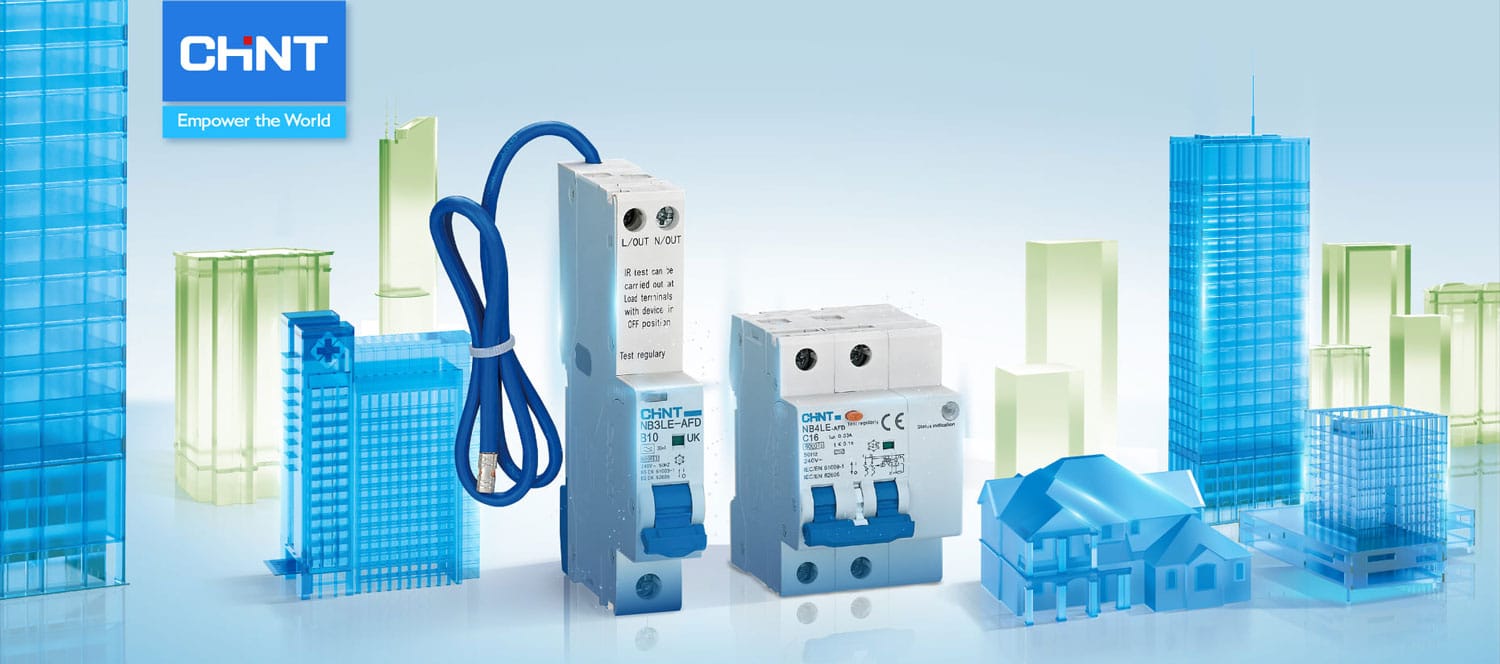Table of Contents |
A residual current device, known as an RCD, is a personal safety device instituted in electrical systems. It works to switch off electrical current whenever there is a fault detected. RCDs are considered personal protection devices because they work to protect humans from electrical shock and greatly reduce the risk of an electrical fire.
What is a Residual Current Device (RCD)?
This electrical device is specifically constructed to switch off the flow of electrical current whenever a ground leak is detected at a significant level that can be dangerous to humans. RCDs are able to switch the current flow within 10 to 50 milliseconds of detecting a prospective leak.
Each RCD will work to constantly monitor the electrical current flowing through one or more circuits. It actively focuses on measuring the live and neutral wires. When it detects that the electrical current flowing through both wires is not the same, the RCD will turn the circuit off. This indicates that the electrical current has an unintended path that is potentially dangerous, such as a person touching a live wire or an appliance that is acting faulty.
In most residential settings, these protection devices are used in wet rooms and for all appliances to keep homeowners safe. They’re also ideal for keeping commercial and industrial equipment safe from electrical overload that could potentially damage or even start an unwanted electrical fire.
What are the Main Types of RCD?
Since there are many different types of electrical devices that RCDs can be used for, there are many variations. We’re going to discuss the different variations below to give you a better understanding of the different RCDs that you may need, depending on the project that you’re working on.
Fixed RCDs
Fixed RCDs provide the highest level of protection and are installed in the fusebox. They’re designed to provide protection for groups of circuits or individual units. A fixed RCD will protect all of the sockets and wiring on a circuit and all the connected appliances to that circuit.
Socket-Outlet RCDs
This unit replaces a standard socket outlet. It provides protection to anyone that comes into contact with the equipment plugged into the socket outlet and its leads. These are great for both fire and electrocution protection when using appliances.
Portable RCDs
Portable RCDs provide similar protection to the socket outlet RCD. This unit is useful when you don’t have a fixed or socket outlet RCD. You simply plug the portable RCD into the socket outlet and enjoy protection for any person that comes into contact with the equipment, its leads, or anything plugged into it.
Switchboard Mounted RCDs
This type of RCD is non-portable and is specifically installed at the switchboard level. It works to provide protection for a selected circuit or the complete installation.
What is the Sensitivity of RCDs?
The most imperative part of any great RCD is its sensitivity. This is how quickly it senses and responds to a current leakage by disconnecting the circuit or circuits. All RCDs are designed to automatically switch off the circuit before it causes damage or injury. Different devices will have different RCD sensitivity levels.
Typically, these fall into three categories, which are low, medium, and high. Low RCDs are best for protecting small circuits, while high RCDs are better for protecting larger circuits for heavy-duty appliances and industrial machinery. All sensitivities are measured in milliamperes, or mA for short.
Low RCDs are designed for industrial applications and trip at residual currents above 500mA. Medium RCDs trip between 100 and 300 mA and are usually found in commercial buildings like stores and offices. Lastly, the high-sensitivity RCDs trip at 10 mA to 30 mA and are found mainly in residential settings.
Are There Limitations to RCDs?
As with all devices, the residual current device RCD will have some limitations that you need to be aware of. One known limitation is that the RCD will not turn off a circuit if a human comes into contact with the active and neutral conductors. This is because there is no leakage in the electrical current as it flows through the human body. The RCD will only detect a leak when the current flows to the earth.
RCDs are known not to detect overload conditions on phase-to-phase short circuits and phase-to-neutral short circuits.
How Do You Test RCDs?
The integrity of an RCD should be tested on a regular basis. All sockets and fixed RCD should be tested about every three months. Portable units should be tested each time you use them. Testing helps to ensure that your RCDs are working efficiently and will protect you from any potential electrical hazards.
The process of testing an RCD is fairly straightforward. You want to hit the test button on the front of the device. When you release it, the button should disconnect the energy current from the circuit.
Hitting the button simply stimulates the earth’s leakage fault. To turn the circuit back on, you’ll need to turn the on/off switch back to the on position. If the circuit doesn’t turn off, then there’s an issue with your RCD. It’s best to consult a licensed electrician before using the circuit or appliance again.
Conclusion
RCDs are a great device to help protect humans from potential electrocution and prevent electrical fires when there is a ground leak in the electrical current flow. Chint Global has various RCD products that will help to keep your home, business, and products safe for all.
FAQ about Residual Current Device
Are RCDs the same as circuit breakers?
What to do if RCD keeps tripping?
Are RCDs suitable for all electrical appliances and devices?













